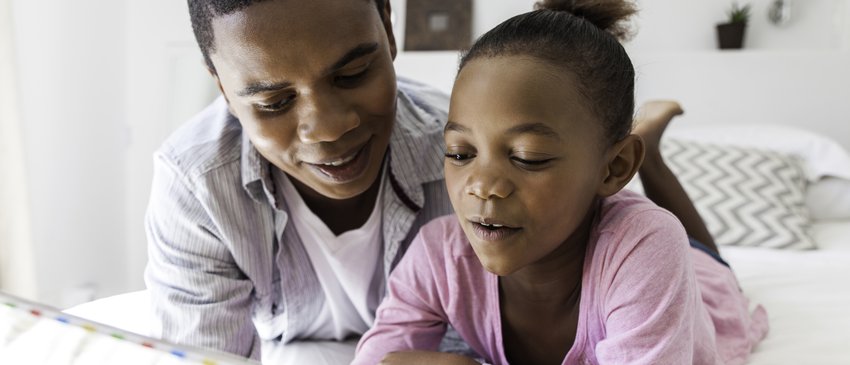COVID-19 and literacy

National lockdowns and partial school closures in response to the COVID-19 pandemic meant many children missed several months of school, and many families spent more time at home over 2020 and 2021. This disruption to education is likely to leave a long legacy, particularly for younger children and those from the most disadvantaged backgrounds who were less insulated from educational losses than their better off peers. This overview gathers research and insights relating to the impact of the COVID-19 pandemic on children's and young people's literacy.
Early Years and the Home Learning Environment
-
School readiness
In 2021, 3 in 4 (76%) of schools reported that children who started Reception in autumn 2020 needed more support than children in previous cohorts, with children struggling in particular with communication and language, personal, social and emotional development and literacy.
-
Inequality
A 2022 report found that ‘considerably more’ children from ethnic minority and disadvantaged backgrounds missed out on formal early learning in 2020 and 2021, with practitioners expressing concerns about a widening 'development gap'.
-
Communication and language development
A government briefing in 2022 highlighted the ongoing, negative impact of the pandemic on young children’s communication and language development, with greater numbers of children referred for additional support and increased pressure on waiting lists as a result.
Primary Schools
-
Key Stage 1
The percentage reaching the expected standard in reading fell from 75% to 67% between 2019 and 2022, and in writing, decreased from 69% to 58%. However, while the 'Covid gap' had closed by 2023, the disadvantage gap had widened compared with pre-pandemic levels.
-
Key Stage 2
The percentage of pupils aged 7 to 11 reaching the expected standard in reading increased from 73% to 74% between 2019 and 2022, but dropped back to 73% in 2023. In writing, the percentage reaching the expected level dropped from 78% in 2019 to 69% in 2022, meaning 31% left primary school unable to write at the expected level, rising to 46% of disadvantaged children.
-
Reading enjoyment
In early 2020, reading enjoyment levels were at a 15-year low, with just 47.8% of children and young people aged 8 to 18 saying they enjoyed reading. This increased to 55.9% in spring 2020, during the first lockdown, before dropping back down to 47.8% by early 2022 and further to 43.4% in 2023, its lowest level since 2005.
Secondary Schools
-
Attainment gap
By Autumn 2021, secondary pupils from disadvantaged backgrounds were 3.5 months behind expectations in reading, while their non-disadvantaged peers were 2 months behind.
-
GCSEs
Higher percentages of boys attained grade 7 or above in English in 2023. However, a slightly lower percentage of girls obtained a grade 4 or above compared with 2019. Notably, the disadvantage gap index widened to its highest level since 2011.
-
Writing enjoyment
Our research found that during school closures, children and young people found themselves writing for enjoyment more, easing feelings of anxiety. There was an increase in daily writing levels between 2020 and 2021 across all age groups, however, while levels of writing enjoyment increased between 2021 and 2022 for most children and young people, they remained similar for secondary-school aged pupils.

How we can help
We offer support and resources for teachers, parents and practitioners working to help support those most affected by COVID-19.
- Visit our resources page to find planning tools and classroom teaching ideas to help you deliver your recovery curriculum
- Visit our training and workshops page for professional development opportunities.
- Explore Words for Life for ideas for parents and carers to support literacy in the home environment.